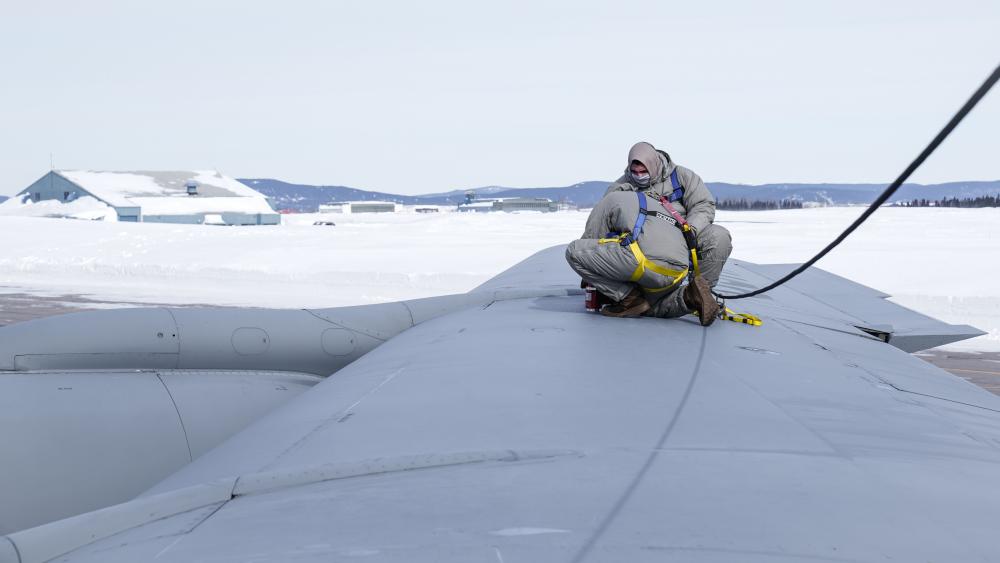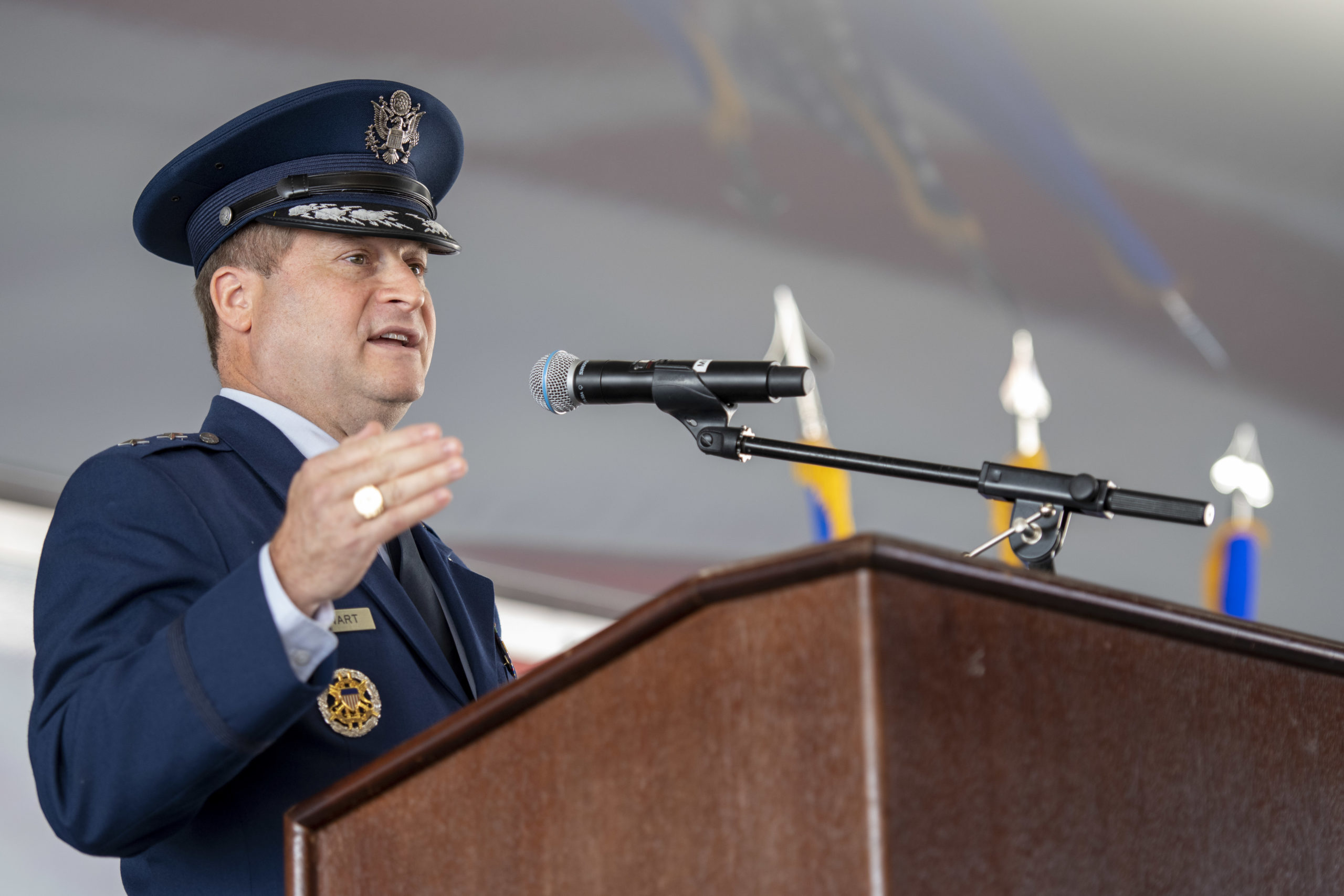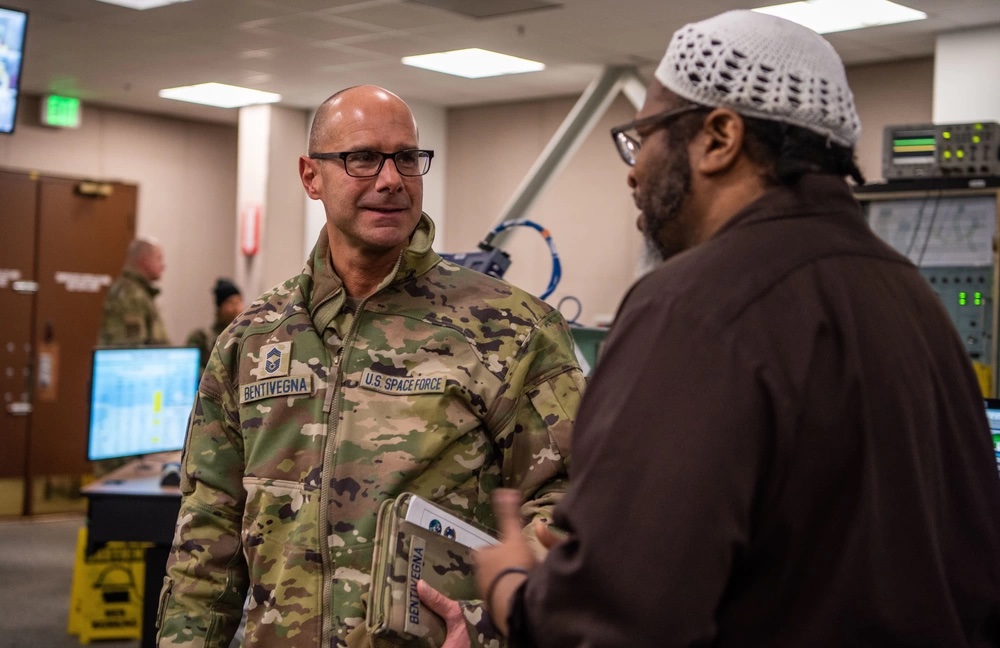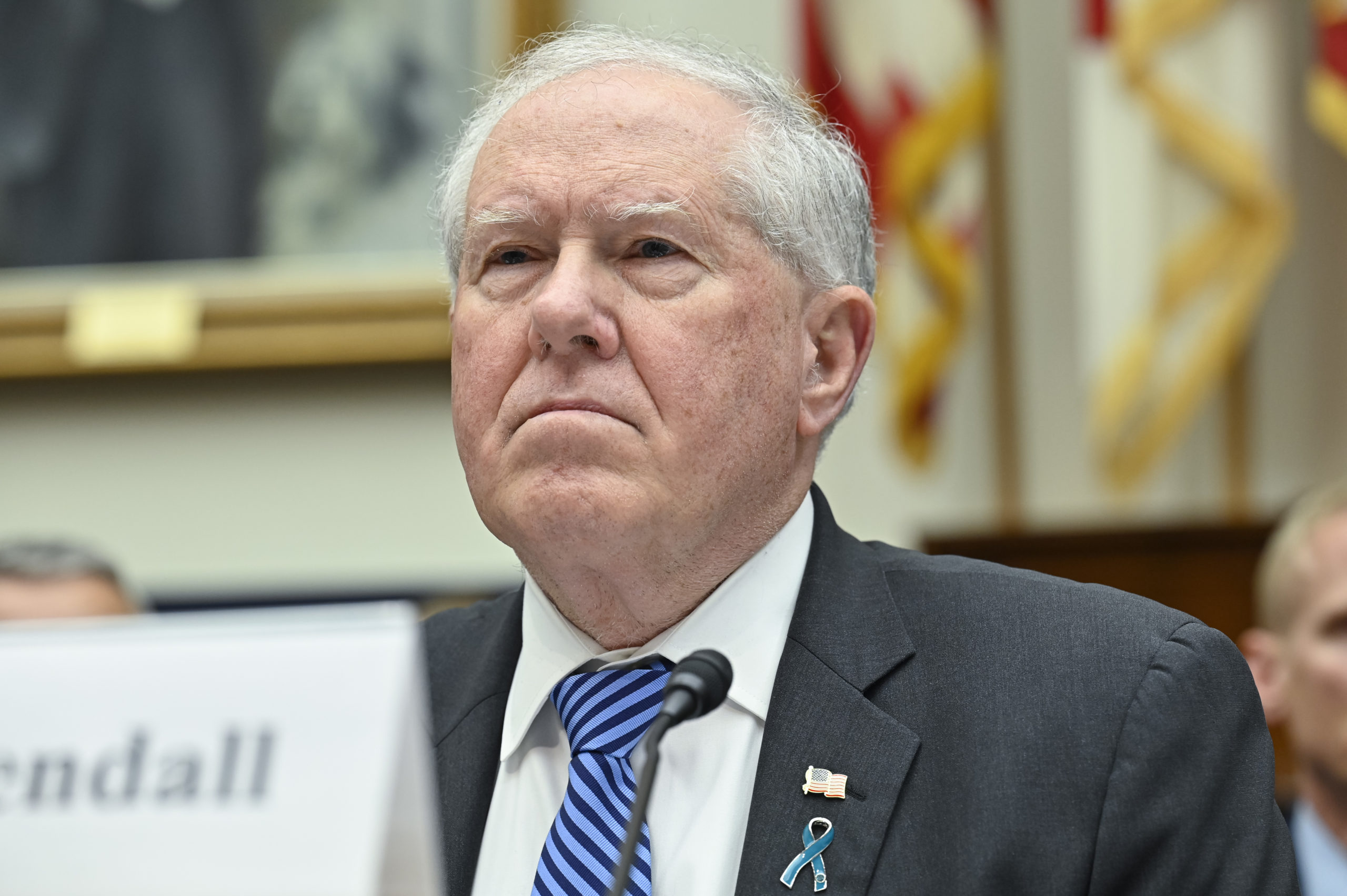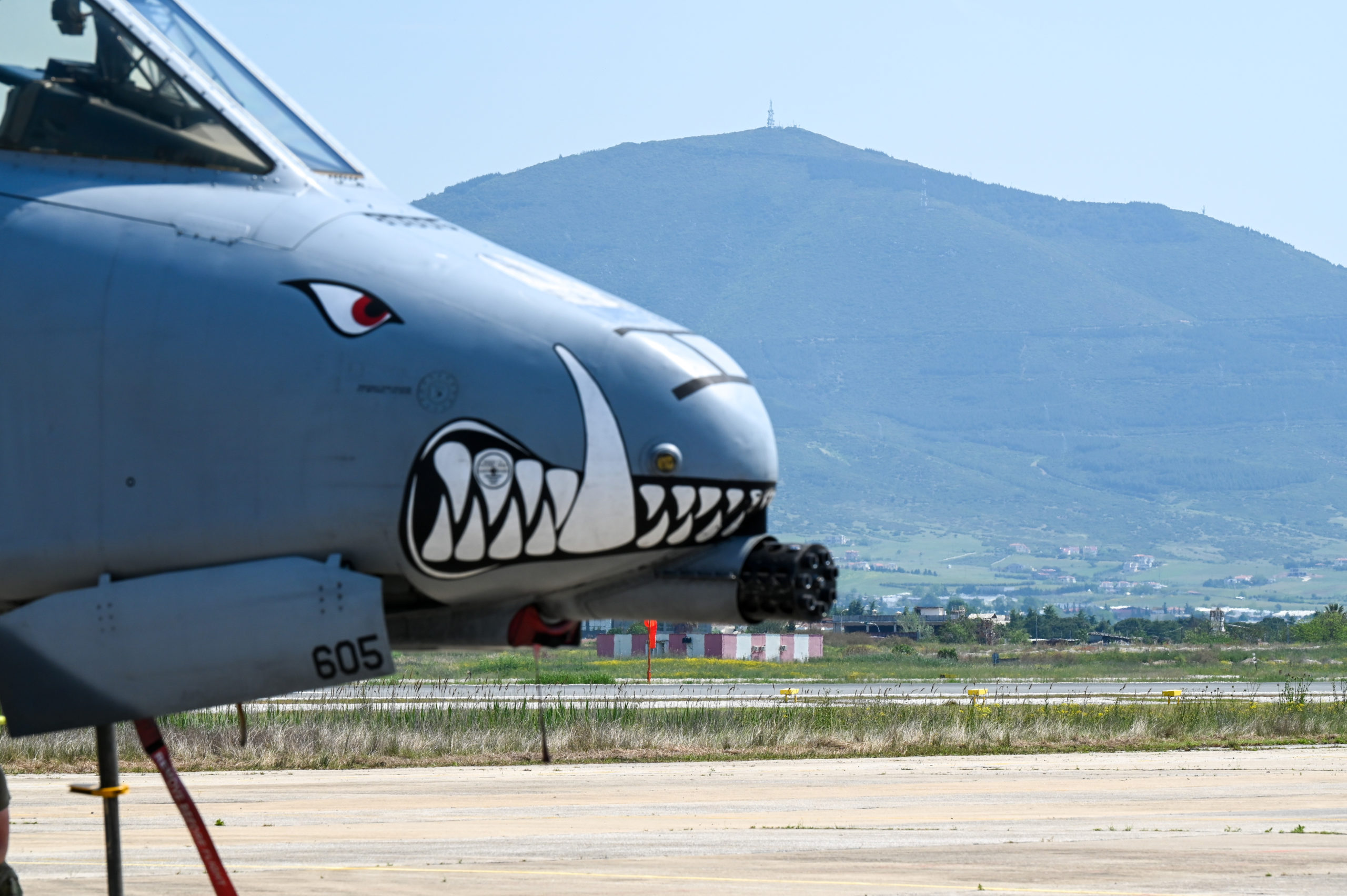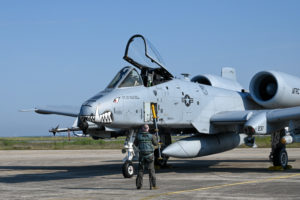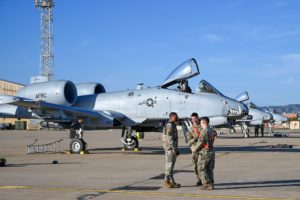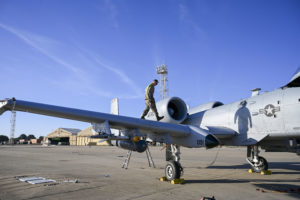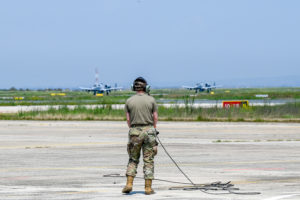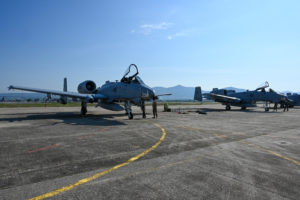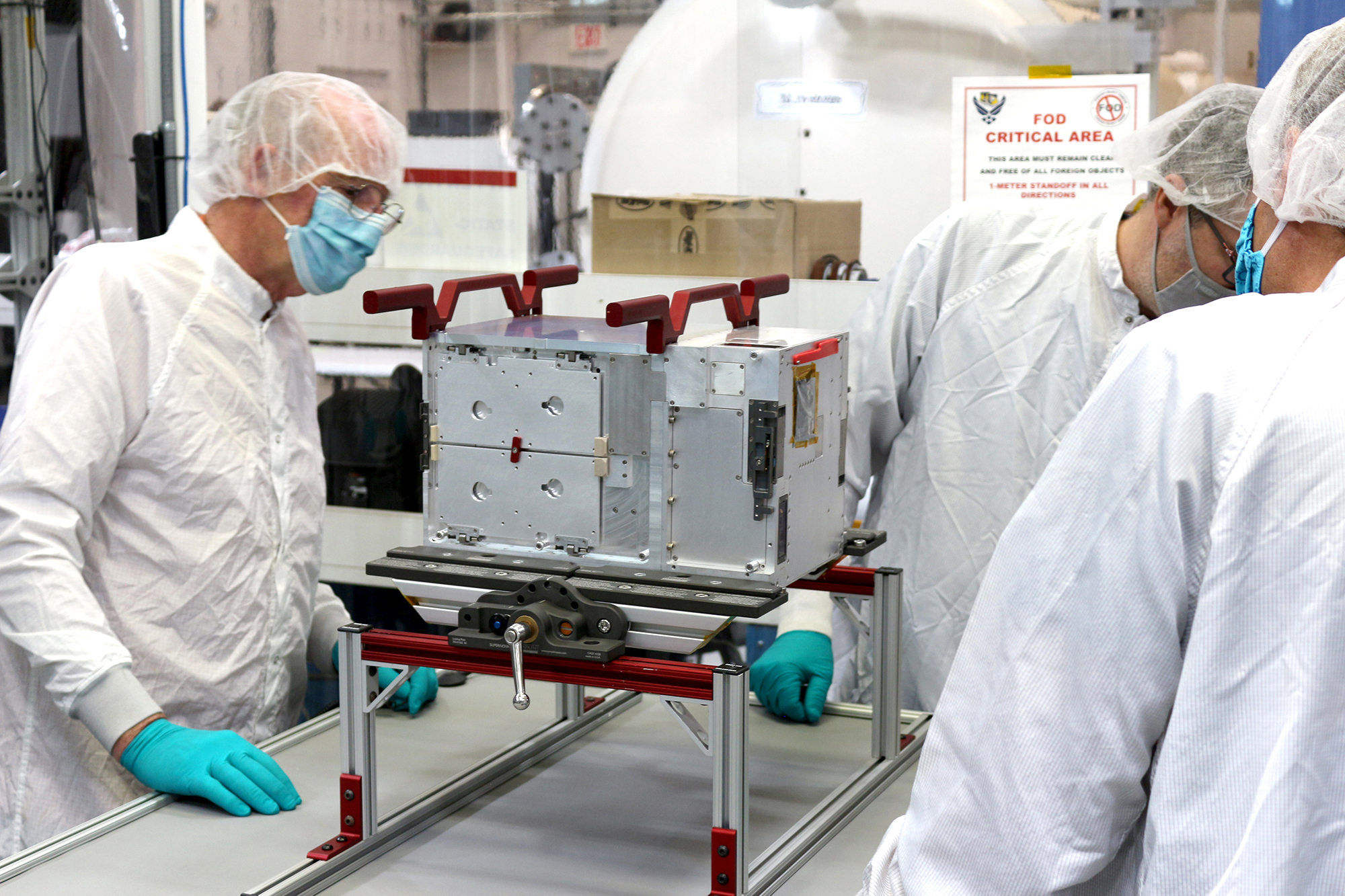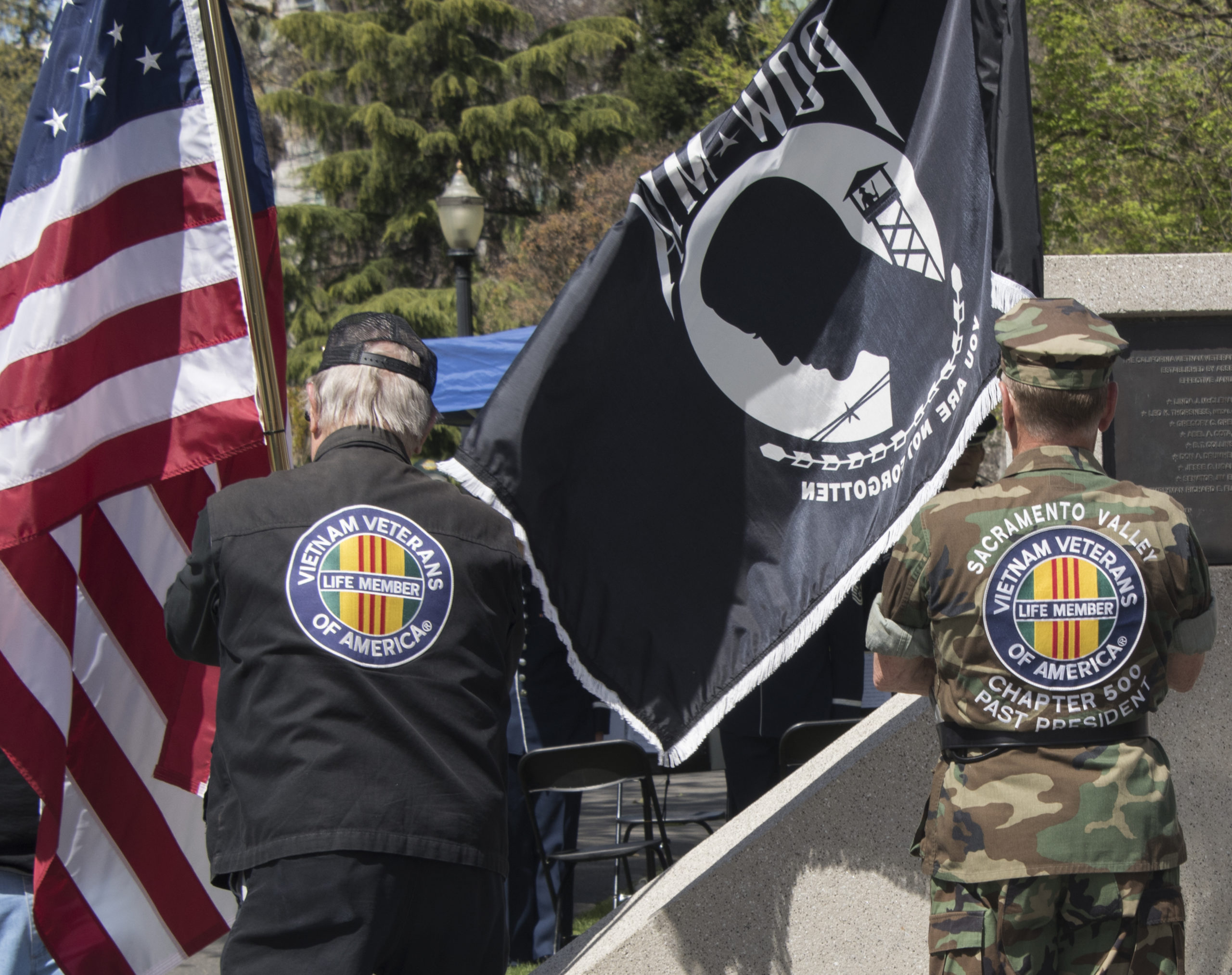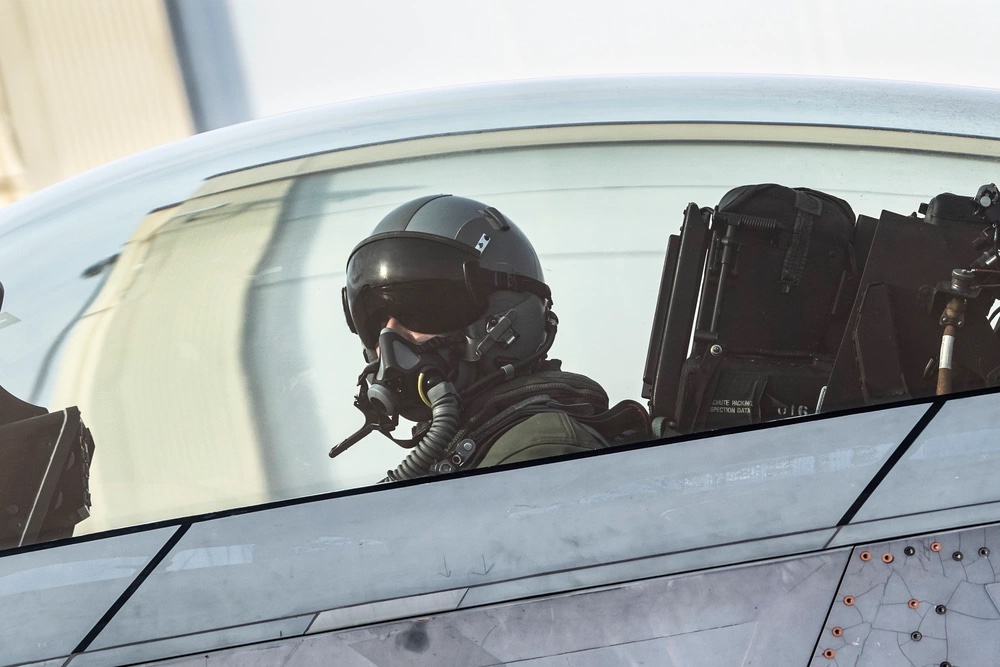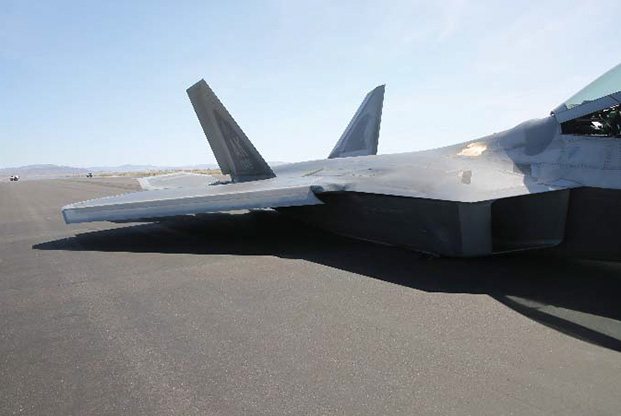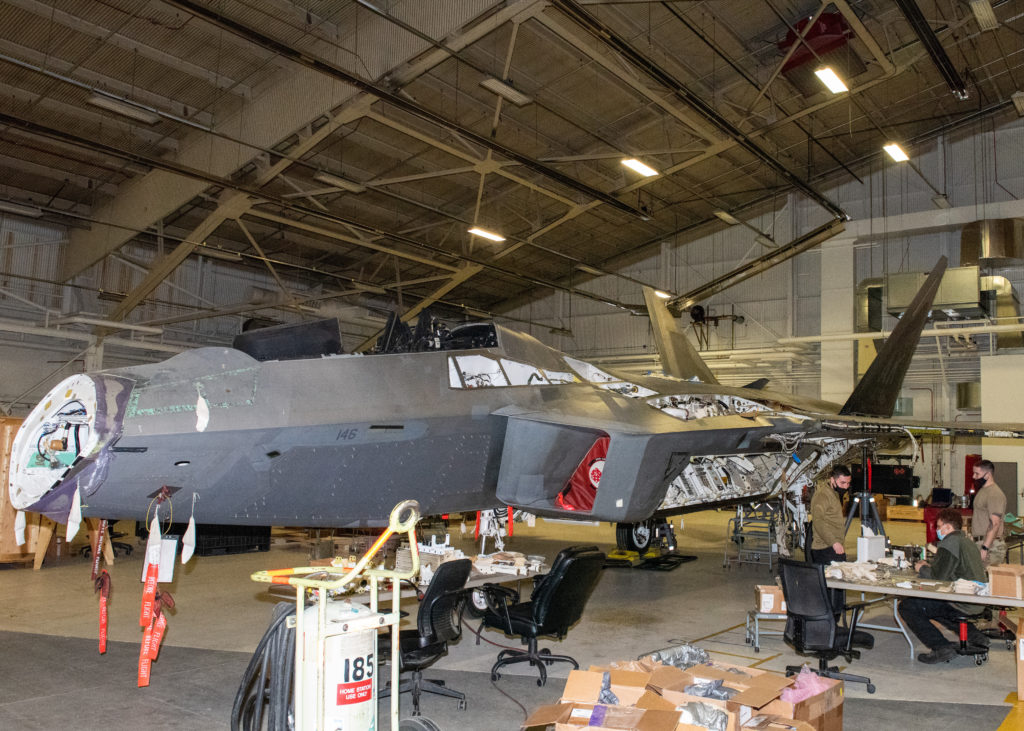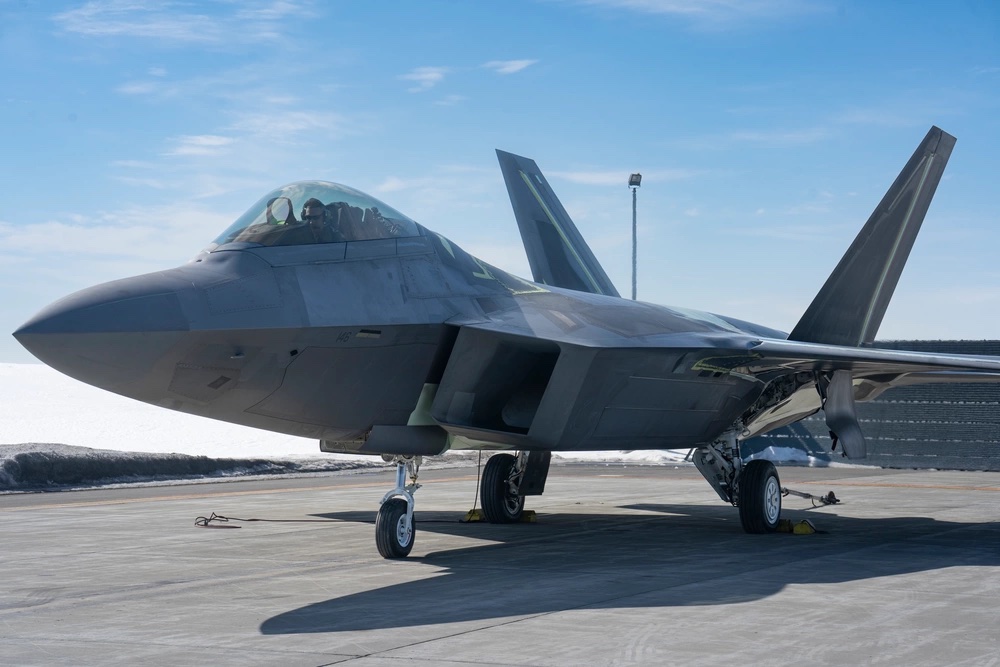The head of North American Aerospace Defense Command (NORAD) told lawmakers that over-the-horizon radar (OTHR) will help his troops detect threats from farther away, but they also need other surveillance systems—and to be able to communicate quickly in order to neutralize those threats.
OTHR “is not the end-all, be-all,” Air Force Gen. Glen D. VanHerck, who also leads U.S. Northern Command (NORTHCOM), told the Senate Armed Services’ subcommittee on strategic forces on May 9. “There has to be domain awareness between the over-the-horizon radars that link the data from there to an end-game effector. … We need to look more broadly at the rest of the infrastructures, the radar as well, and ensure the data from those systems is incorporated in an integrated air and missile defense system that can lead to effectors.”
Those effectors may take the form of kinetic weapons such as missiles or non-kinetic effects such as electronic warfare, VanHerck said. The NORTHCOM boss noted that the Department of the Air Force has invested several billion dollars in the information technology networks that allow his troops to share information internally and with the rest of the military and foreign allies, but the cyber aspect of the network still troubles him.
“Candidly, my most concerning domain awareness problem is … the limited knowledge of cyber vulnerabilities for the critical infrastructure that we rely on to project power from our homeland, to defend our homeland, to do command and control within our homeland,” VanHerck said. “So I continue to advocate for that to the department.”
NORAD found itself in the spotlight earlier this year after the revelation that Chinese surveillance balloons and other unidentified objects slipped into U.S. airspace undetected by the Pentagon. VanHerck has used the opportunity to advocate for over-the-horizon radars; integrating space-based and undersea surveillance to form a more comprehensive defense picture; and accelerating the development process to put those capabilities in the field more quickly.
“I have concerns, as I have articulated for three years, about my ability to provide threat warning and attack assessment with the threats to our homeland,” VanHerck said during a hearing with the Senate Armed Services Committee on March 23. “That increases the risk of escalation and strategic deterrence failure. Those are significant challenges for me.”
OTHR is a “proven, affordable technology“ that will “significantly improve” NORTHCOM and NORAD’s ability to detect threats all the way to outer space, VanHerck said in written testimony, but it is only one piece of the surveillance puzzle.
Another piece is the North Warning System, a chain of radar stations that monitors northern aerospace approaches into Canada and the U.S. The problem is that NWS was built between 1986 and 1992, and its radar capabilities may not be able to keep pace with modern cruise missiles and hypersonic weapons, according to the Canadian government. VanHerck said the Air Force has to decide how to solve that problem.
“The department hasn’t made a decision on modernization of the North Warning System or further replacement of the radars associated with the North Warning System, but that has to be a discussion,” he said. “Like I said, over-the-horizon radar is not the be-all, end-all.”
The discussions on over-the-horizon radar, information networks, and the North Warning System are all part of a fundamental reevaluation of homeland defense that VanHerck said is currently underway. The general is also developing what he calls Homeland Defense Design 2035, which may present a paradigm shift for the mission. The design proposes “a new way of defending the homeland that’s vastly different from the way we do it today with fighters, tankers, AWACs, those kinds of things,” VanHerck said.
Though VanHerck did not provide specifics on what that vision may entail, he did mention later in his remarks that autonomous or unmanned platforms could generate domain awareness or defense in the electromagnetic spectrum both on the sea and in the sky. Those platforms would then need a fast information network to detect and communicate about fast-moving threats such as hypersonic missiles.
In past remarks, VanHerck said the data generated by such platforms would need to be fused into “a globally integrated picture that allows us to see threats globally before they become threats here in the homeland.”
Even more than over-the-horizon radar, cybersecurity, or hypersonic missiles, VanHerck said he was most dismayed by the pace at which the U.S. develops and deploys systems to defend against new technologies being produced by adversaries.
“I believe that the greatest strategic risk for the United States stems from our own inability to adapt at a pace required by the changing strategic environment,” he wrote. “In an era of incredible innovation and technological achievement, inflexible, outdated processes are a greater impediment to success than many of our competitors’ capability advancements.”
